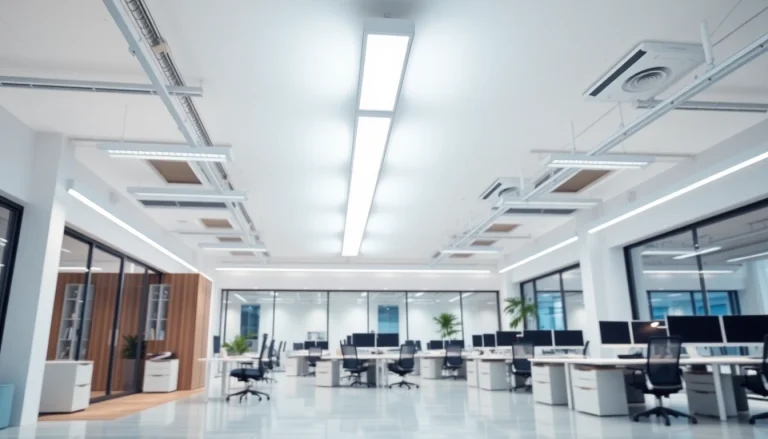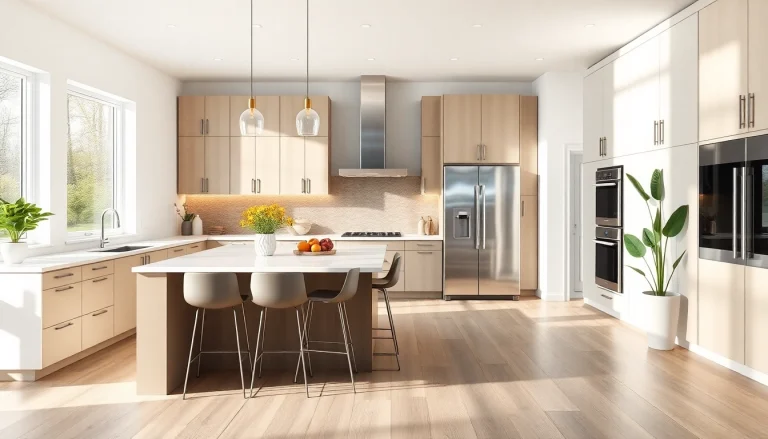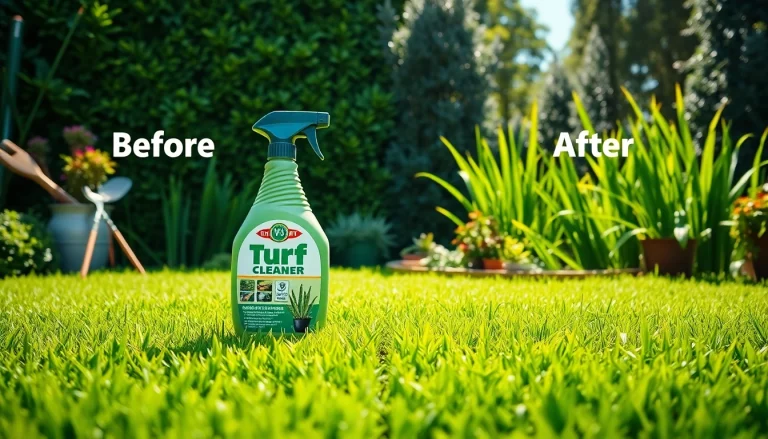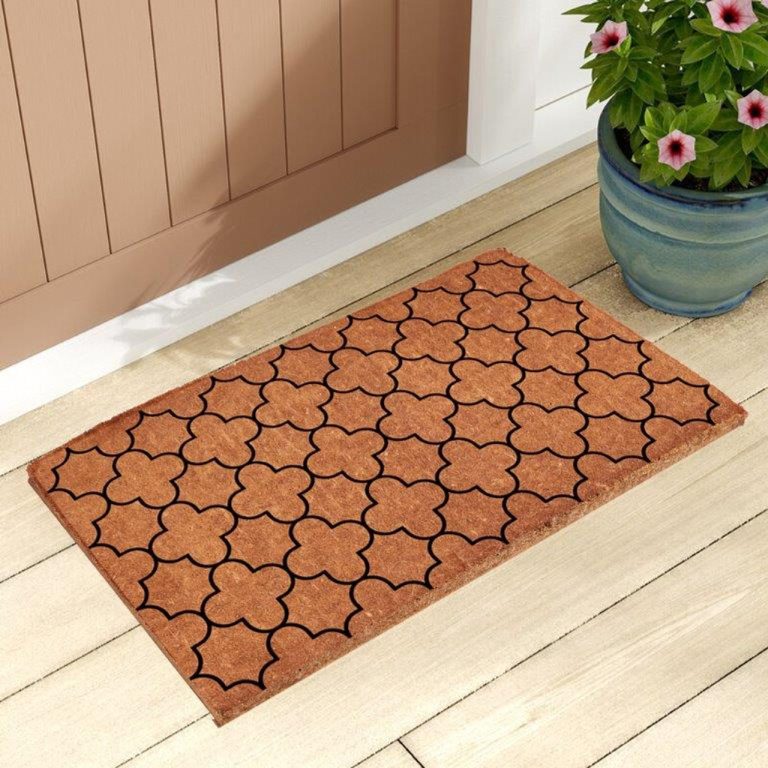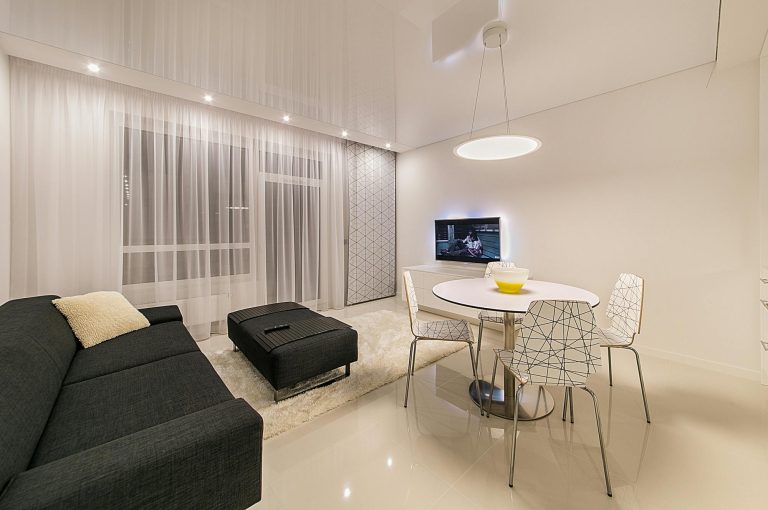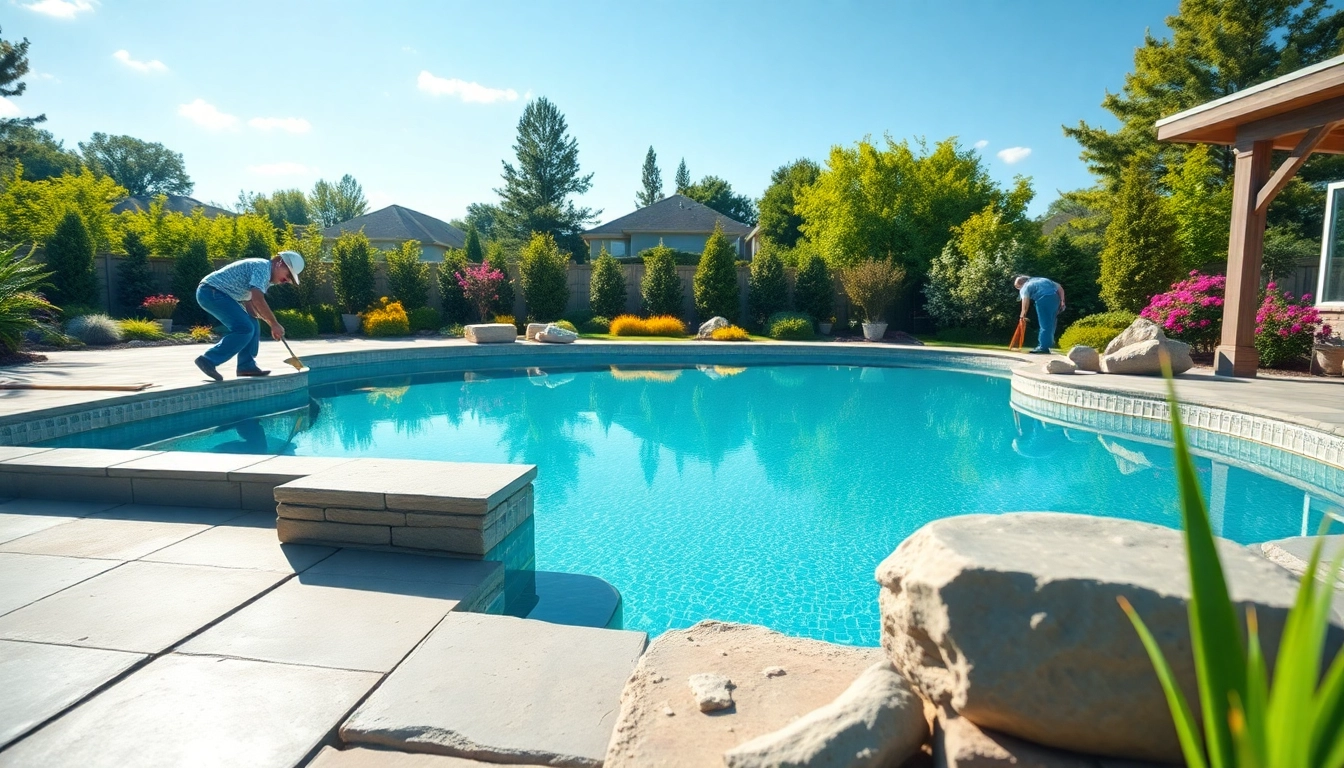
Understanding the Basics of Pool Construction
What is Pool Construction?
Pool construction involves the planning, design, and building of a swimming pool. This complex process not only requires a basic understanding of engineering principles but also calls for an artistic touch to create beautiful, functional spaces. From myriads of designs to a variety of materials, pool construction is an exciting venture that contributes to outdoor living spaces where families and friends can gather and enjoy their time together.
Types of Pools: Inground vs Above Ground
When considering pool construction, understanding the two primary types of pools is essential: inground and above ground.
- Inground Pools: These pools are built into the ground and can be constructed from various materials including concrete, fiberglass, or vinyl. They are custom-built, allowing for unique shapes and features, and are often more expensive due to the extensive groundwork and installation required. Inground pools add a permanent aspect to landscaping while providing a luxurious experience.
- Above Ground Pools: Typically less expensive and easier to install, above ground pools sit on the ground and can be disassembled or relocated. They come in kits, making them DIY-friendly. While often regarded as less aesthetic, modern designs have evolved, offering a more appealing look.
Benefits of Professional Pool Construction
Hiring a professional for pool construction translates to several benefits for homeowners:
- Expertise: Professionals possess the knowledge and experience necessary to navigate the complexities of pool installation, including local regulations, soil types, and structural requirements.
- Quality Assurance: Certified contractors deliver high-quality work, ensuring durability and longevity which are paramount for pool safety and enjoyment.
- Design Customization: Professionals can interpret your ideas and desires into a comprehensive design plan, factoring in contemporary trends while meeting your personal style.
- Save Time and Effort: Construction typically takes weeks; hiring professionals frees you from demanding timelines and physical challenges.
Planning Your Pool Construction Project
Setting a Budget for Pool Construction
Establishing a budget is one of the first steps in any construction project. The cost of pool construction can vary widely based on numerous factors like type, materials, design complexity, and installation scope. Here’s how to set an effective budget:
- Assess Your Financial Situation: Determine how much you can comfortably spend without risking financial strain.
- Get Multiple Quotes: Consult different contractors for estimates, ensuring each includes detailed breakdowns of costs, so you can compare effectively.
- Factor in Future Costs: Beyond initial construction, consider maintenance, utilities, and necessary upgrades.
Choosing the Right Location for Your Pool
The location of your pool significantly impacts its usability and aesthetics. Here are considerations for selecting the perfect spot:
- Sunlight: A full-sun area allows for comfortable swimming, while partial shade can help reduce heat and extend the life of pool equipment.
- Access: Ensure convenient access from your home and consideration for landscaping around the pool area.
- Regulation Compliance: Be aware of zoning laws and setback requirements in your area.
Design Considerations for Pool Construction
Your pool’s design should reflect personal taste while remaining practical. Key design elements include:
- Shape: From traditional rectangular pools to kidney-shapes, consider what fits your yard best.
- Features: Decide if you want features like waterfalls, spa additions, or built-in seating.
- Landscape Integration: Ensure your design complements existing structures and gardens.
Step-by-Step Pool Construction Process
Phase 1: Initial Design and Permitting
This phase involves creating detailed designs and obtaining necessary permits, an essential step to ensure compliance with local laws. Here you’ll finalize your design, materials, and select a contractor if not already done.
Phase 2: Excavation and Groundwork
Once plans are set, the second stage involves excavation:
- Marking the Site: The location will be marked and stakes placed to outline the pool’s dimensions.
- Excavating the Area: Heavy machinery is utilized to dig the required hole, which can take several days depending on the size of the pool.
- Preparing the Base: After excavation, grading and compacting of the base to ensure a solid foundation will occur.
Phase 3: Installation of Pool Structure and Equipment
The installation phase includes building the pool shell and integrating all necessary equipment:
- Pouring Concrete or Installing Pool Kit: For inground pools, either gunite is sprayed (for concrete) or panels are assembled for above ground.
- Plumbing and Electrical Connections: The pool requires plumbing for water circulation and electrical for lights and pumps.
- Finishing Touches: Tile installation and decking will follow, enhancing the visual aesthetics of the pool area.
Cost Factors in Pool Construction
Detailed Breakdown of Pool Construction Costs
The total cost of pool construction can encompass a broad range of expenses:
- Design Fees: Costs for hiring architects or designers can vary based on expertise.
- Excavation Costs: Influenced by the pool’s size and the type of soil.
- Materials and Equipment: Expenses like tiles, coping stones, and filtration systems all contribute significantly.
- Labor Costs: Generally, labor comprises about 50% of total construction expenses.
Factors Affecting Pricing: Material and Design Choices
Decisions regarding materials and design can greatly affect overall costs. For instance:
- Material Type: Concrete pools usually cost more upfront but offer longevity, whereas vinyl pools are less expensive but may need replacement over time.
- Features and Add-Ons: Special features such as heaters, lighting, and advanced filtration systems add to the cost but can enhance functionality and enjoyment.
Comparing DIY vs Professional Pool Construction Costs
While going the DIY route can save on labor costs, it’s essential to weigh the risks and potential hidden costs:
- Time Commitment: A DIY project can take significantly longer, especially without prior experience.
- Potential Mistakes: Errors in construction can lead to costly repairs down the road.
- Permitting and Regulations: Navigating local laws can be tricky for DIYers who might not be familiar with the process.
Maintaining Your Pool After Construction
Essential Maintenance Tips for Pool Owners
Once your pool is built, proper maintenance is crucial to ensure longevity and safe use:
- Regular Cleaning: Keep the pool free from debris and contaminants.
- Water Testing: Regularly check pH and chlorine levels to maintain water quality.
- Equipment Maintenance: Inspect pumps, filters, and heaters routinely to ensure optimal operation.
Common Issues and How to Solve Them
Homeowners must also be aware of potential pool issues:
- Leaks: Early detection is key; consider pressure testing if water levels drop unexpectedly.
- Algae Growth: Routine shock treatments can prevent algae infestations.
- Stains: Various treatments can address stains, with routine scrubbing and maintenance minimizing their occurrence.
When to Call in a Professional for Repairs
Knowing when to enlist professional help can save both time and money:
- Structural Concerns: Any signs of cracking or discoloration should be assessed by a professional.
- Complex Electrical Issues: Issues related to pool lights or heating systems pose risks and should typically only be handled by experts.
